Provenance is one of those curious human obsessions that we’re pre-programmed to value. Take wristwatches, for example. Digital ones provide all the functionality you need, yet they are orders of magnitude less expensive than analogue and hand-made ones. Should the latter hail from Switzerland, go ahead and add another zero to its value.
Much like Swiss watchmakers, we at Autocar are rather proud of our heritage, this being the world’s oldest motoring title. But while our focus has stayed the same since 1895, the process of creating the actual magazine has changed a lot.
Filling more than 70 pages in five days is a tall task, but it all begins with the stories. Some, like long-awaited new-model unveilings or drives, will be pencilled into the calendar well ahead of time. Some we have to squeeze in at short notice on the day we go to press. Regardless, each story is written according to a brief from the relevant section editor. Through a back-and-forth with the writer, they will commission the necessary word counts, a rough idea of the imagery involved and a deadline for its submission.
Each brings a wildly different workload, so it’s crucial that everything is filed on time. Take a first drive of a car: it could be as simple a task as an afternoon drive around the British countryside, but it can also mean multiple days of travelling, time at the wheel and then a full photoshoot before the writer can begin to tap away at their computer. Time needed to accommodate the grand-scale tasks simply can’t be wasted on more trivial jobs.
Once the writer has found a quiet place and readied their ramblings, the production team is primed to turn them into the glossy final product.
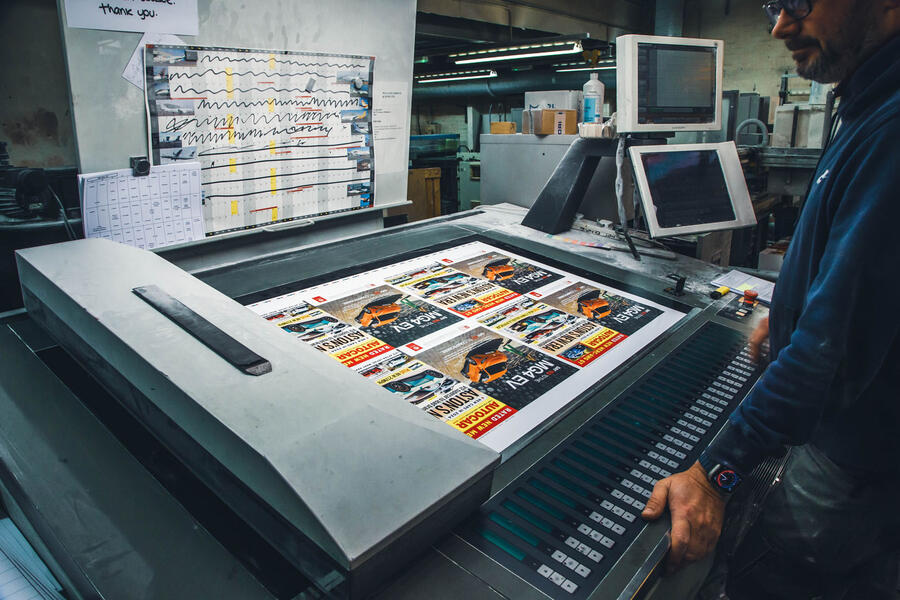
This starts with picture editor Ben Summerell-Youde, who gathers the appropriate visuals for the story, comprising either photography shot in-house by Max Edleston, Jack Harrison or John Bradshaw, or images provided by a picture library or the relevant press office.

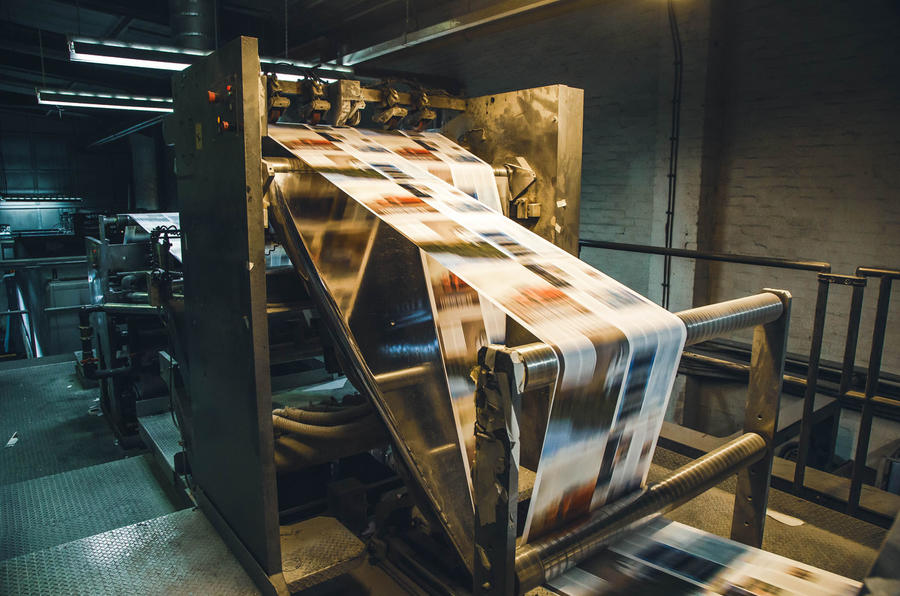

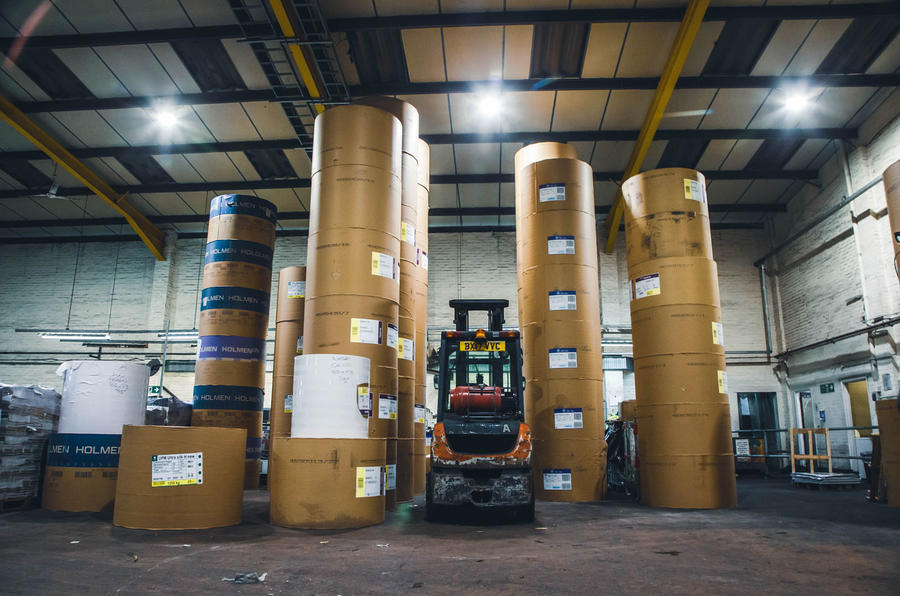
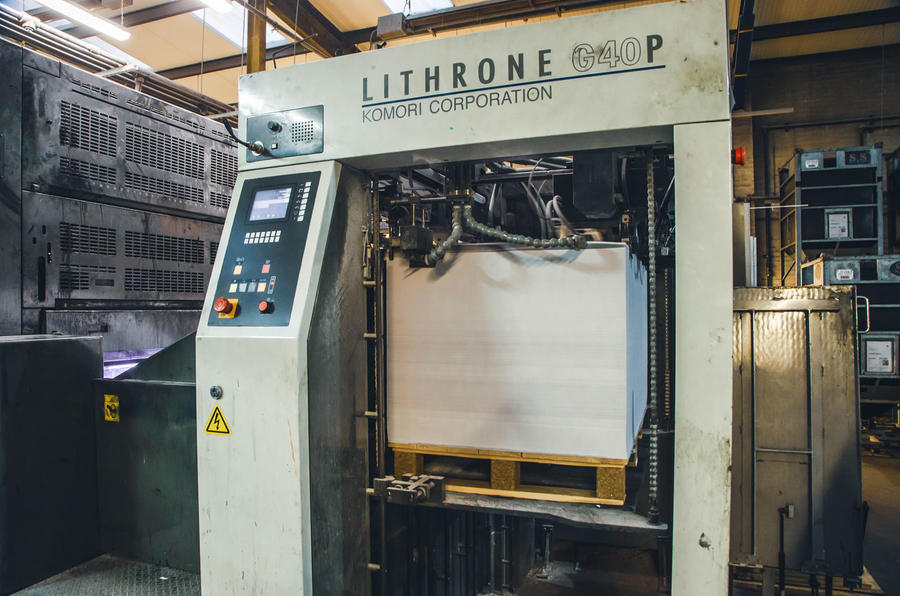

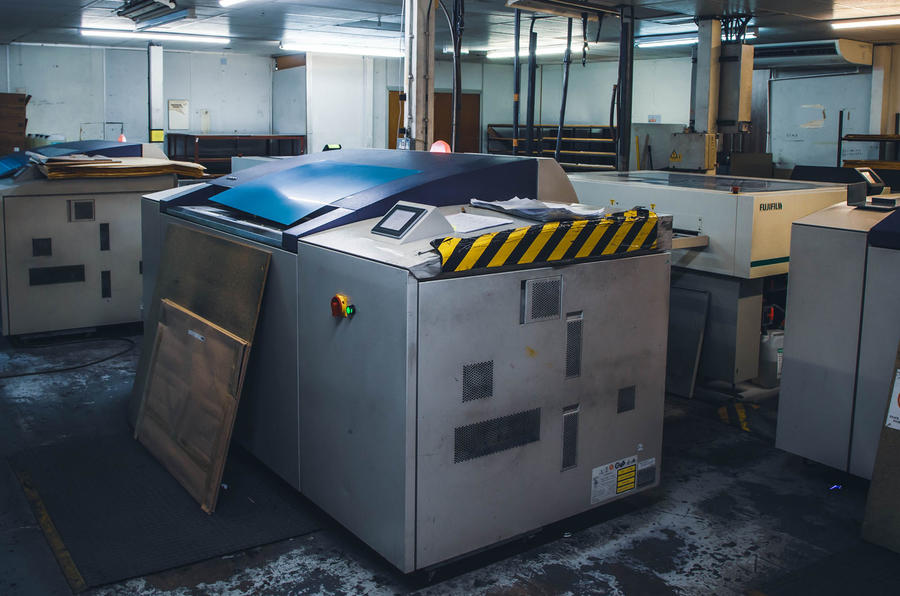
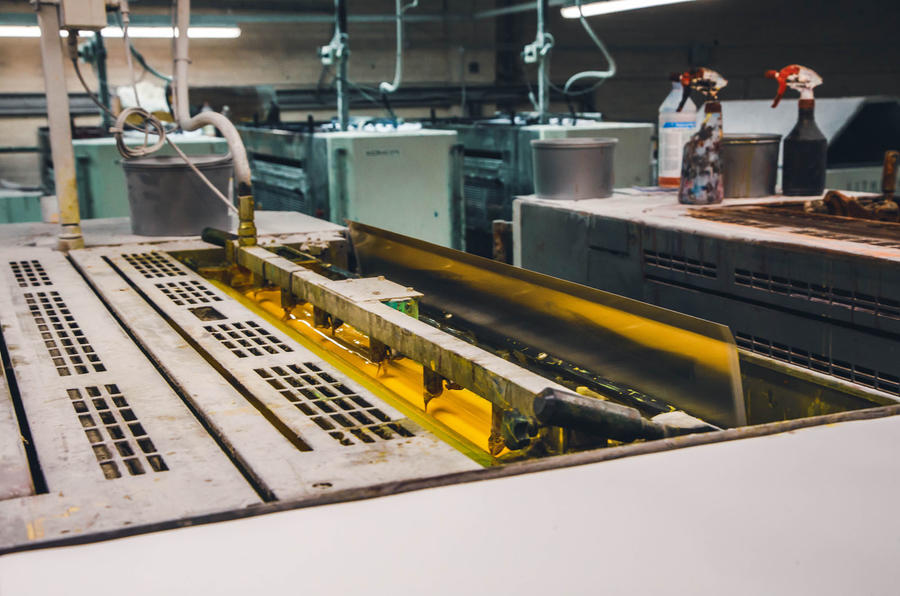
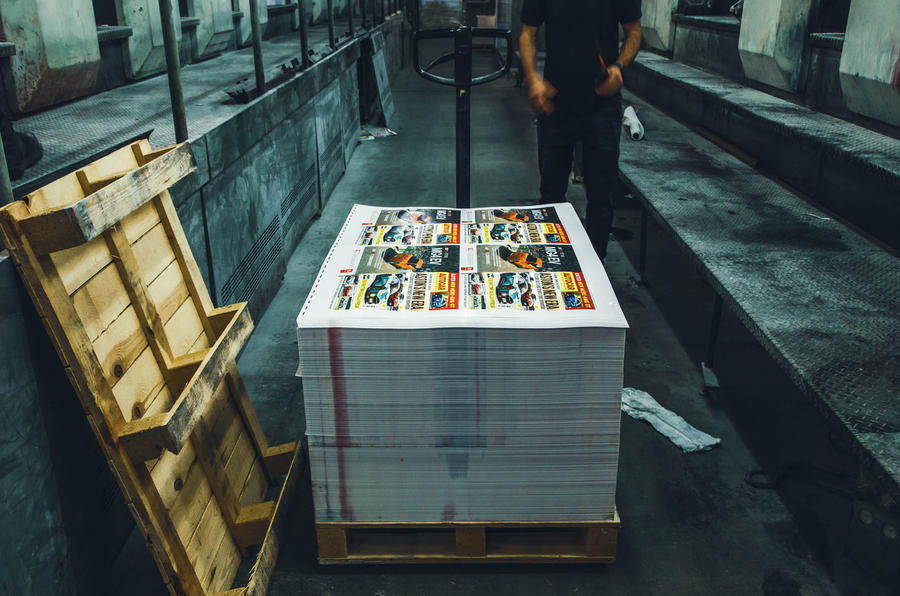
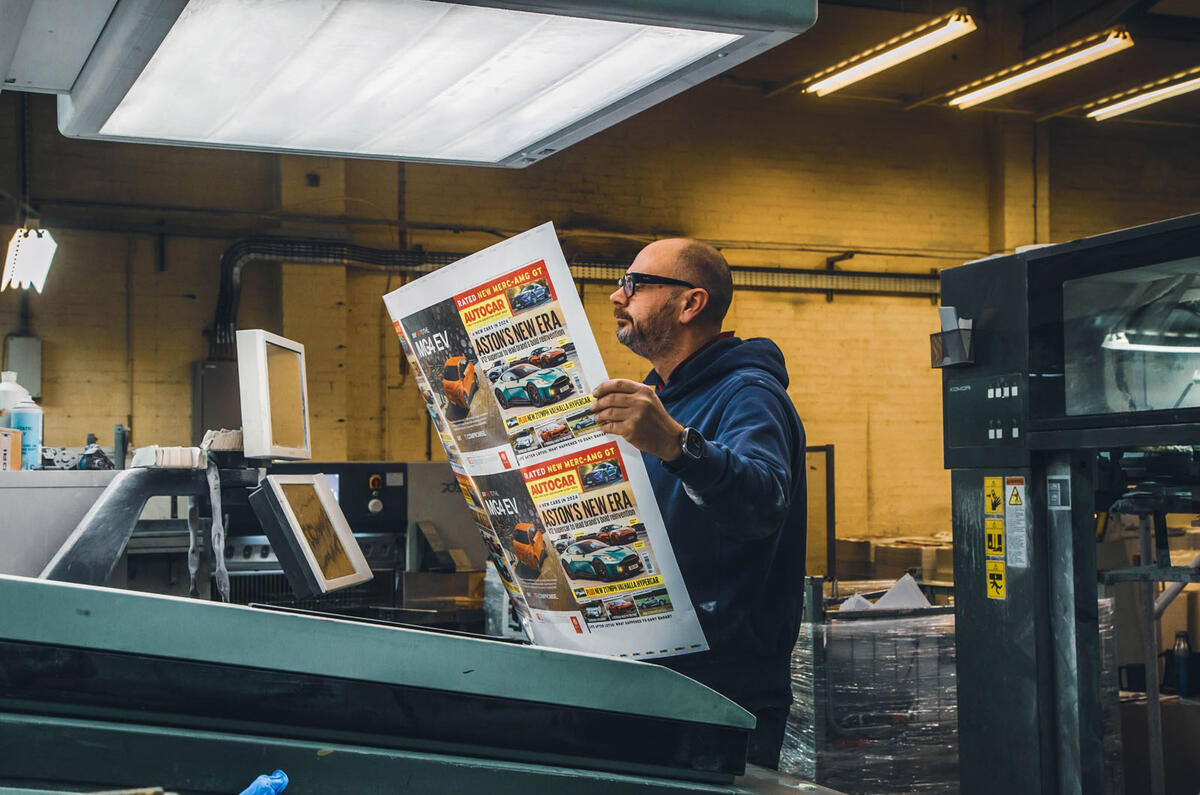
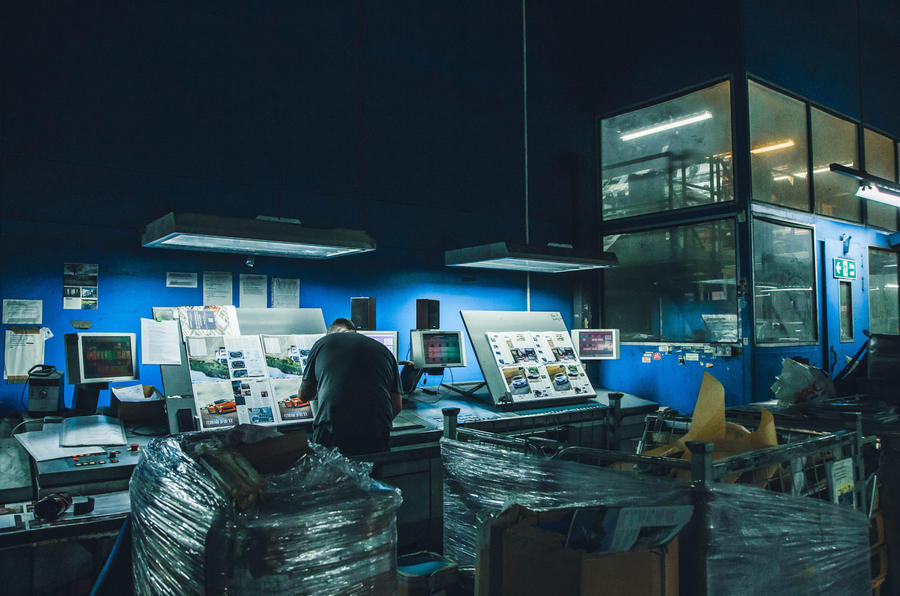
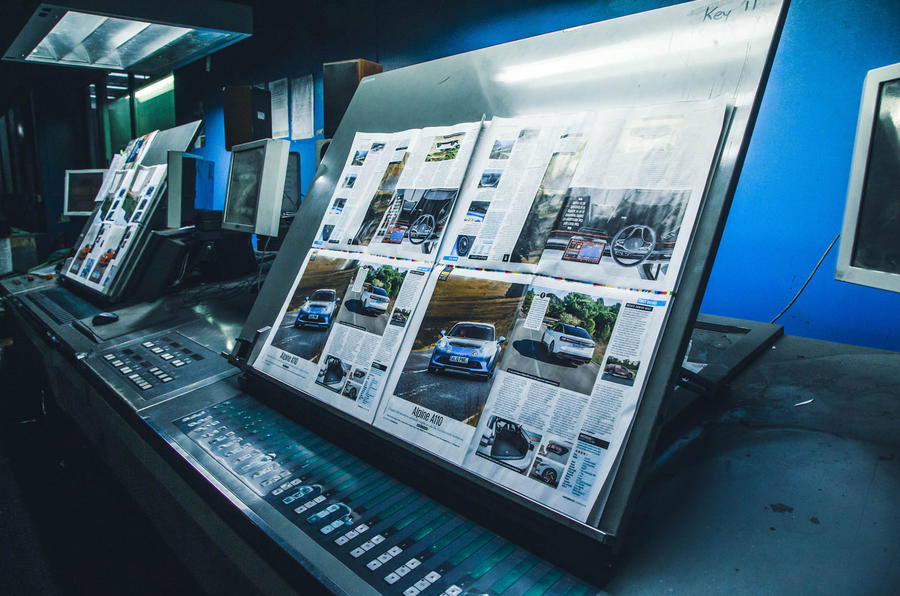
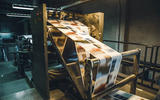
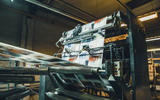
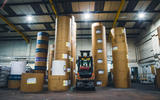
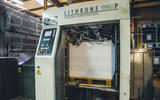
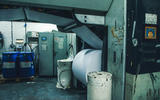

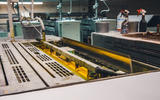
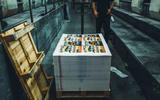
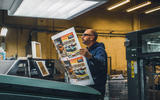
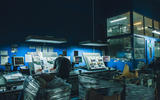


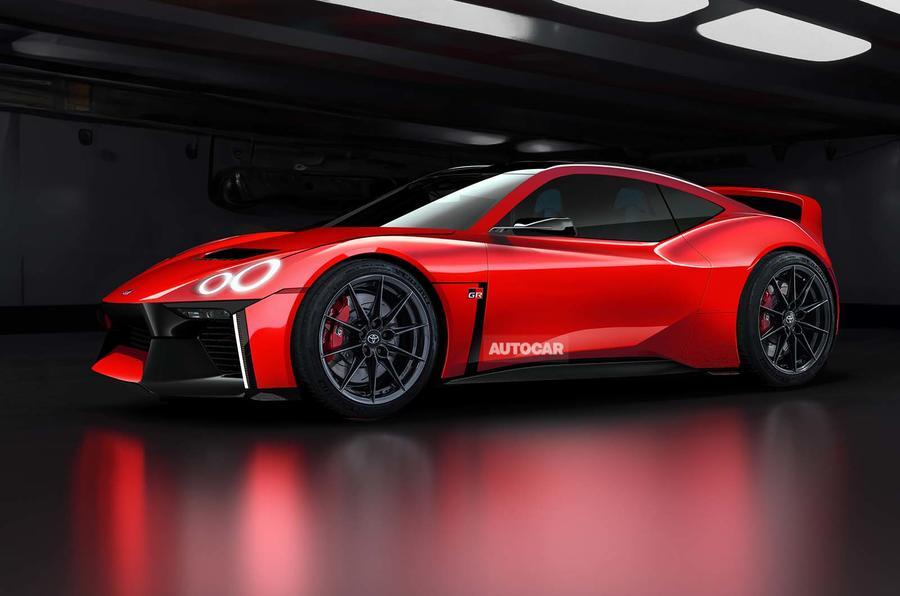
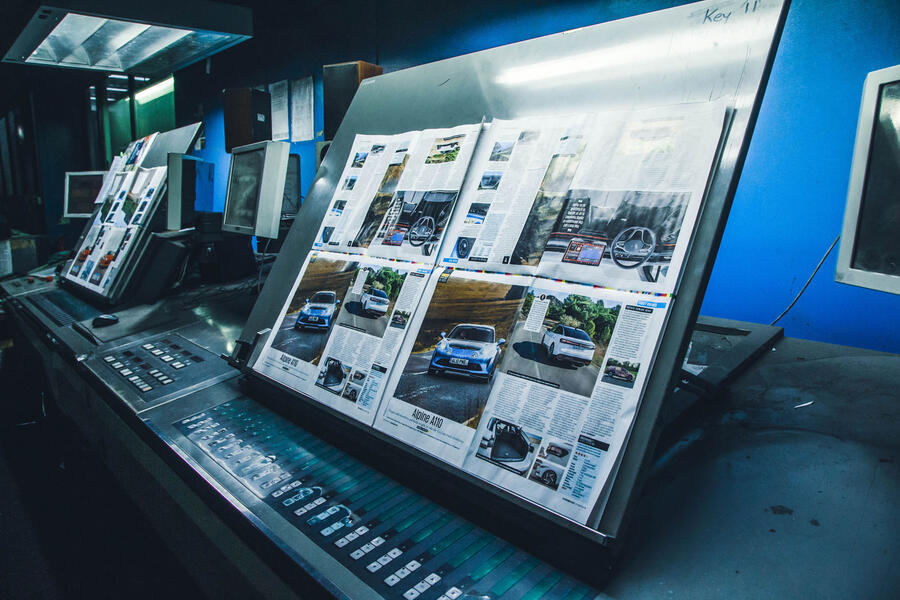
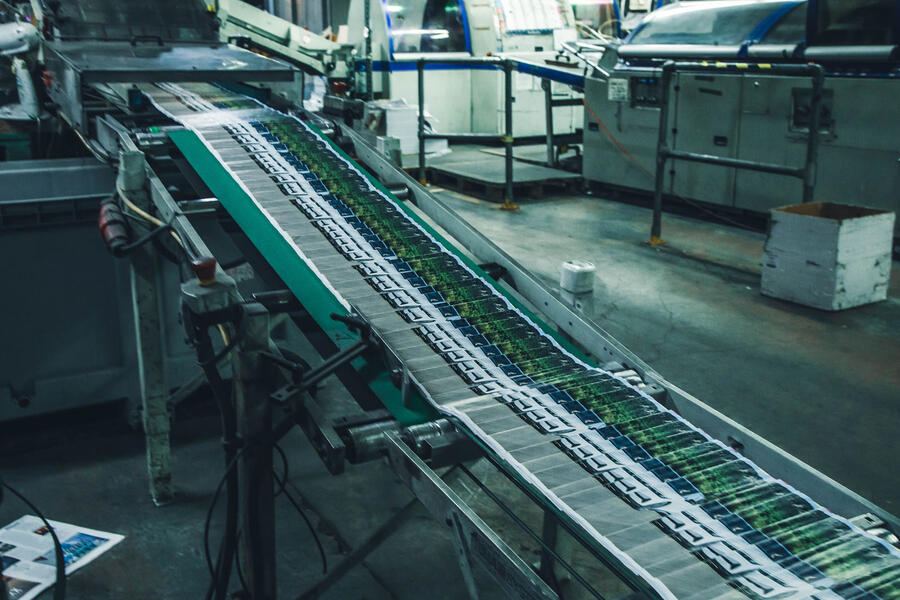
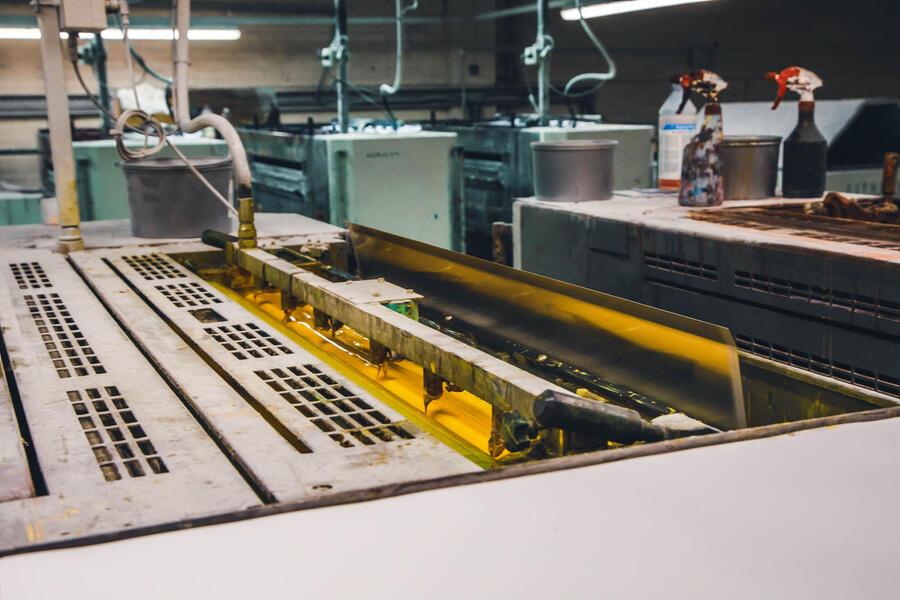
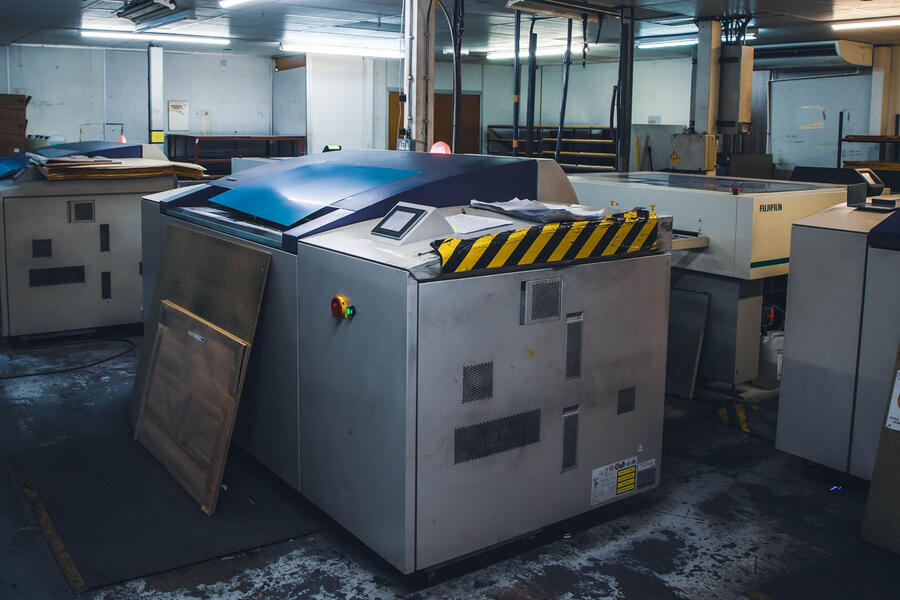
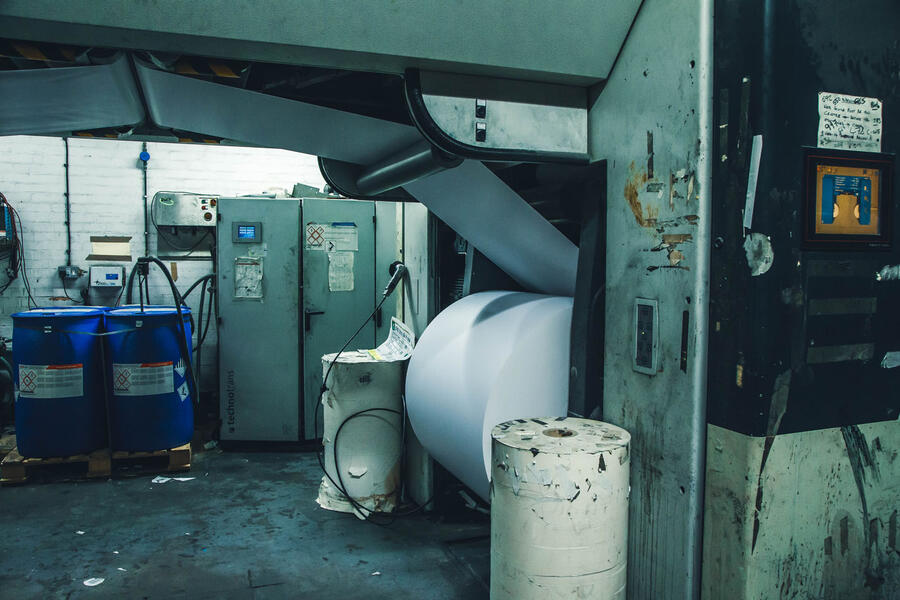
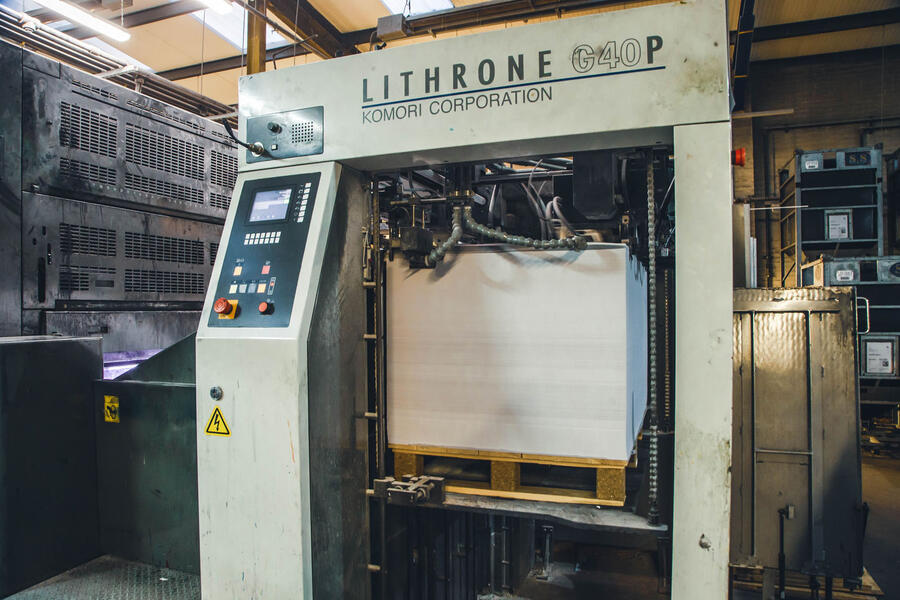





Add your comment